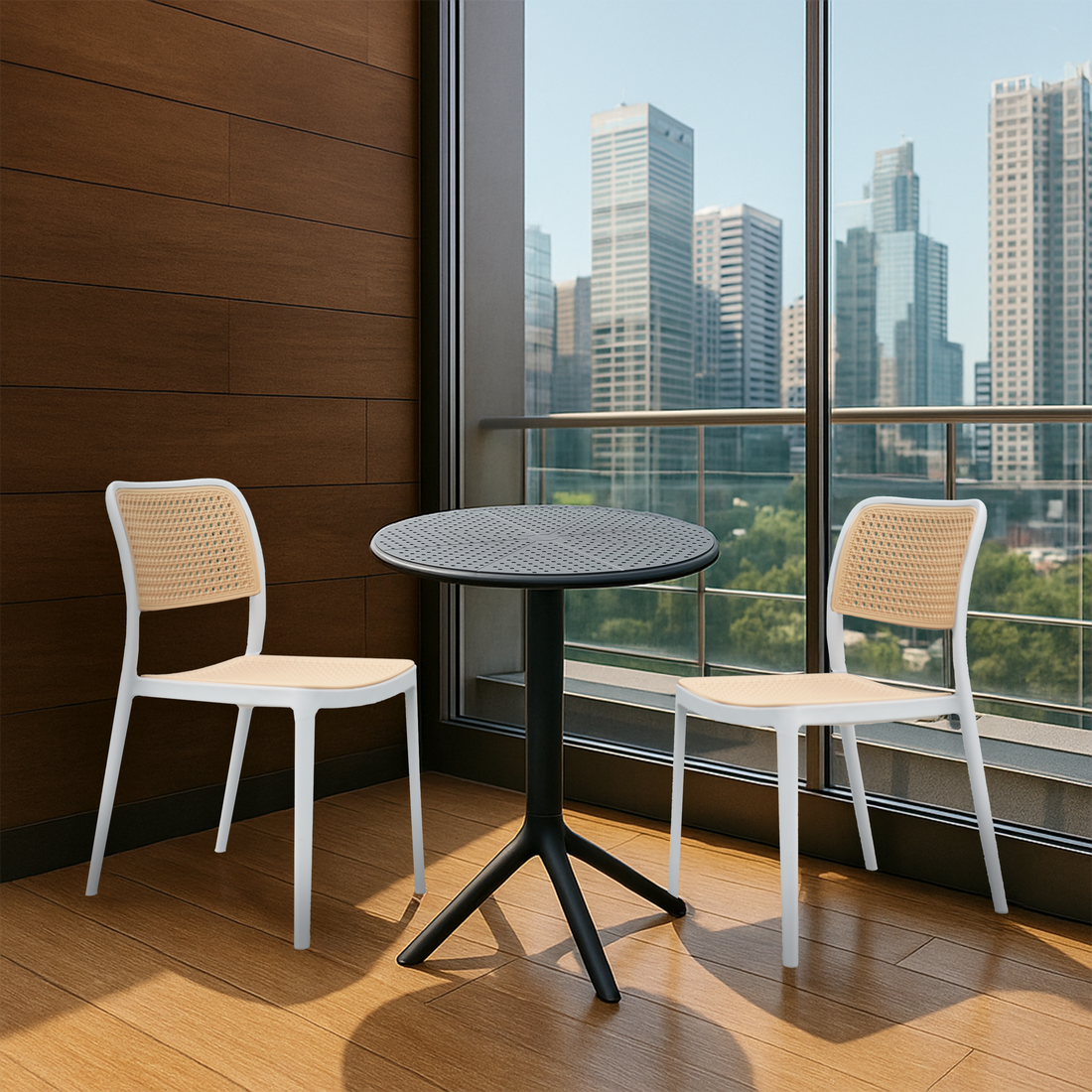
How Ergonomics of Chairs Affect Customer Mood
Share
When building a café, space, cafe, or even a waiting place, it's simple to think about lighting, colors, or sound to the central instruments to create ambiance. But one thing that is always ignored by reality, has a direct impact on the way peoples feel—is the seating ergonomics. How a chair holds the body It affects pleasure, posture, and eventually, customer mood and behavior.
Let's find out how considerate chair ergonomics affect the way your customers have, stay, & interact.
1. Physical Comfort Drives Emotional Ease
Fundamentally, physical Mental health affects status. If a chair is too hard, too low, or ill-designed, Anxiety arises quickly. This distress creates restlessness, irritation, and the want to vacate earlier. Conversely, when a chair hugs the body properly—with suitable back support, right seat angle, & enough buffering personnel relax.
This open physical position initiates a feeling of safety and relaxation, which asks people to stay longer, spend more time interacting with others, and better enjoy their experience.

2. Posture Affects Mood and Perception
Chair ergonomics influence posture, and posture is very firmly linked to mood. Slouching or not being supported can result in physical exhaustion, tension, and less concentration. This, over a period, means low energy or discontent, despite the environment being beautiful to look at.
Supportive seating, especially with upright angles and lumbar support, promotes alert but relaxed posture. This increases mental acuity, supports positive body language, and quietly improves the overall mood. Customers won't always consciously notice the chair, but they'll feel better sitting in it—and that sets the tone for how they remember the space.
3. Ergonomics Encourage Longer Visits and Deeper Engagement

Cafes and lounges prosper when customers linger—if to work, read, talk, or order another drink. Ergonomically painful chairs discourage doing so. Individuals squirm, shift location daily, or shorten their visit.
Ergonomic chairs minimize strain over time, so it becomes easier for users to stay in the now and alert. This can result in not just more contentment, but further expenditure, especially in settings where users pay for time or purchase many products in their visit.
4. Movement Options Affect Psychological Comfort
Dynamic sitting—a gentle rocking, tilting, or swiveling—allows the body to move, which is necessary to comfort and mood. Chairs that have gentle movement or give in the seat or back provide micro-adjustments that ease pressure and avert stiffness.
These tiny movements lower irritability and tiredness and make customers more comfortable and emotionally balanced to their visit.
5. Perceived Care and Attention to Detail

A customer tends to link thoughtfully designed, ergonomic seating with a company that is concerned about their experience. Whether or not they understand the technical vocabulary, they sense if or not a chair "feels right." This focus on seating design conveys a quiet but strong message: You're invited this place, and your comfort is important.
This promotes faith & good feeling—attributes that translate into loyalty and return visits.
Chair ergonomics may seem like a technical detail, but they play a important role in shaping how customers feel, behave, and remember a space. A thoughtfully designed chair doesn’t just support the body—it enhances mood, promotes relaxation, and deepens the emotional connection to your brand. If you want to design a fully unique customer experience, start by looking at the sit down below them.
